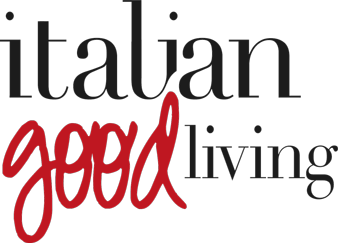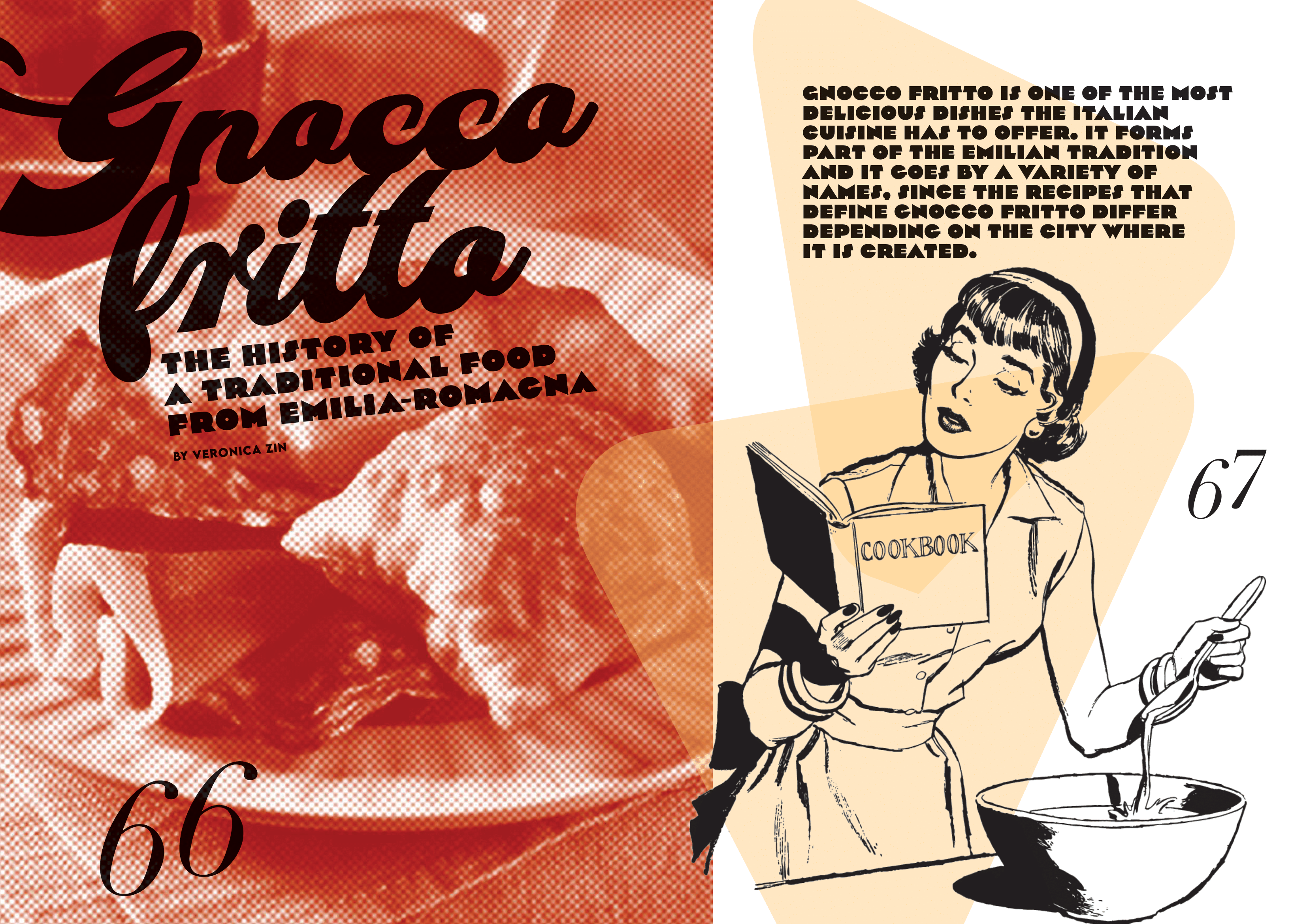Gnocco Fritto: the history of a traditional food from Emilia-Romagna
By Veronica Zin
Gnocco Fritto is one of the most delicious dishes the Italian cuisine has to offer. It forms part of the Emilian tradition and it goes by a variety of names, since the recipes that define gnocco fritto differ depending on the city where it is created.
All around the world, people think of pizza and pasta as a representation of Italy. In fact, there are two key qualities that distinguish Italy from other countries: its rich cultural history and, of course, its cuisine.
But food in Italy is not solely circumscribed to pasta and pizza, because every region has its own specialties: Campania has Babà, Sardegna offers the Seadas, Veneto delights with Baccalà and Lazio has Saltimbocca alla romana.
However, there is one region in particular that offers an exorbitant amount of delicacies and it is Emilia-Romagna, the land of tortellini, of piadina squacquerone and rucola, of lasagna alla Bolognese and, especially, the birth place of the Gnocco Fritto.
The Gnocco Fritto is a typical food from Emilia-Romagna and it carries different names according to the area in which it is tasted and the local history of the single provinces and municipalities.
For example, in Modena it is called “Gnocc frett” or “gnocchi fètt” and it is made with flour, lard, sparkling water and salt. In Bologna, on the other hand, it is called “Crescentina fritta”, where olive oil and milk are used instead of lard.
Parma has the “Torta fritta”, which means “fried cake” in Italian, because originally, in this area, it was served as a dessert – the perfect ending to a very good meal.
Finally, in Ferrara the gnocco fritto is called “Pinzini” and in Piacenza it is called “Chisolini”.
Therefore, there are many variants to the same recipe but the one thing that unites them all is exquisiteness.
The original recipe indicates to blend together 1 kg of flour, 70 gr of lard, 400 ml of water and salt. Once all the ingredients are blended together, the dough is left in a bowl and it is taken out again every 20-30 minutes to be kneaded in order for it to incorporate air. This is a very important process because the air in the dough allows the gnocco fritto to blow up once it is frying.
According to tradition, the final dough should be fried in plentiful lard, in a pan or in special frying tanks. While cooking, the gnocco fritto blows up and forms little bubbles on it or, if the gnocco is small, it forms one big bubble.
As much as we would like to take all the credit for the gnocco fritto – which is, of course, an Italian specialty – it must be said that the birth of the gnocco fritto dates back to the fall of the West Roman Empire when Langobardic arrived in Italy.
In fact, the German population brought to the peninsula the principal ingredient for the gnocco Fritto: the lard.
The history of this dish has its roots in the barbaric contaminations in Emilia-Romagna around the VI century, and shows how the German people influenced the gastronomy in Emilia.
However, it is in Italy that this recipe found its truest self, having become now one of the most famous and better tasting dishes of our tradition.
The Gocco Fritto can be tasted alone or it can be paired with cured meats like Prosciutto Crudo di Parma, Mortadella, Coppa and salami.
Regarding the beverage, wines from a typical territory are often paired with food of the same territory. The gnocco fritto is often accompanied with Lambrusco following a philosophy of discordance: the gnocco fritto is a greasy dish, usually served with cured meats; on the other hand, Lambrusco is an acid, fresh and sparkling wine which is used to clean the palate.
Now, imagine yourselves during a hot summer day, after visiting some of the most beautiful historical places Emilia-Romagna has to offer. Imagine sitting outside, inhaling fresh air and enjoying the warmth of the sun, while a waitress brings you the nicest dish of gnocco fritto with some cured meat and a bottle of Lambrusco. It sure feels like a dream, doesn’t it?
But if you are not convinced yet, try to picture a cold winter day. After a long hike in Lago della Ninfa, near Modena, you pick a restaurant to rest and regain your strengths. The menu offers a delicious, hot dish of gnocco fritto which will reinvigorate you and warm you up while you enjoy one of the best meals you will ever experience, exploiting great food and quality times with your friends and family. Doesn’t this feel like a dream as well?

